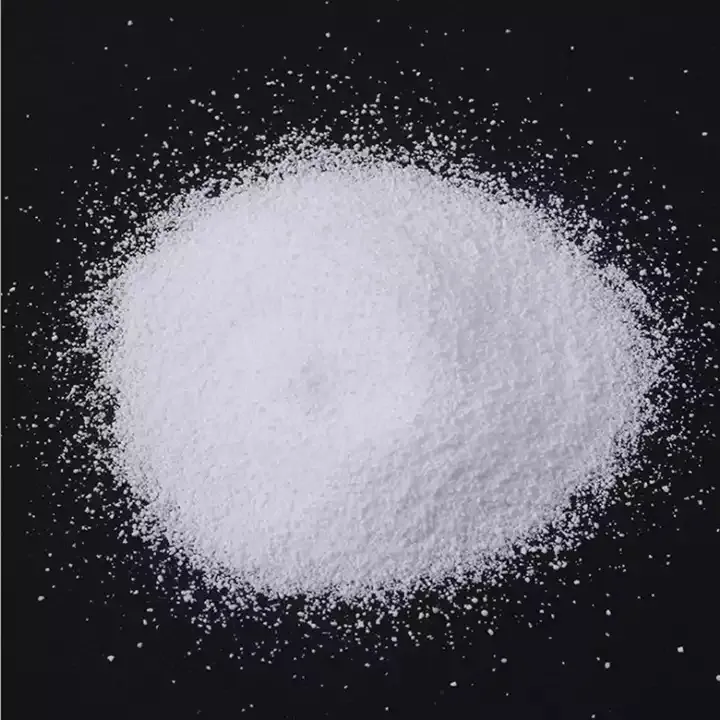Warning: Undefined array key "title" in /home/www/wwwroot/HTML/www.exportstart.com/wp-content/themes/1198/header.php on line 6
Warning: Undefined array key "file" in /home/www/wwwroot/HTML/www.exportstart.com/wp-content/themes/1198/header.php on line 7
Warning: Undefined array key "title" in /home/www/wwwroot/HTML/www.exportstart.com/wp-content/themes/1198/header.php on line 7
Warning: Undefined array key "title" in /home/www/wwwroot/HTML/www.exportstart.com/wp-content/themes/1198/header.php on line 7
- Afrikaans
- Albanian
- Amharic
- Arabic
- Armenian
- Azerbaijani
- Basque
- Belarusian
- Bengali
- Bosnian
- Bulgarian
- Catalan
- Cebuano
- China
- China (Taiwan)
- Corsican
- Croatian
- Czech
- Danish
- Dutch
- English
- Esperanto
- Estonian
- Finnish
- French
- Frisian
- Galician
- Georgian
- German
- Greek
- Gujarati
- Haitian Creole
- hausa
- hawaiian
- Hebrew
- Hindi
- Miao
- Hungarian
- Icelandic
- igbo
- Indonesian
- irish
- Italian
- Japanese
- Javanese
- Kannada
- kazakh
- Khmer
- Rwandese
- Korean
- Kurdish
- Kyrgyz
- Lao
- Latin
- Latvian
- Lithuanian
- Luxembourgish
- Macedonian
- Malgashi
- Malay
- Malayalam
- Maltese
- Maori
- Marathi
- Mongolian
- Myanmar
- Nepali
- Norwegian
- Norwegian
- Occitan
- Pashto
- Persian
- Polish
- Portuguese
- Punjabi
- Romanian
- Russian
- Samoan
- Scottish Gaelic
- Serbian
- Sesotho
- Shona
- Sindhi
- Sinhala
- Slovak
- Slovenian
- Somali
- Spanish
- Sundanese
- Swahili
- Swedish
- Tagalog
- Tajik
- Tamil
- Tatar
- Telugu
- Thai
- Turkish
- Turkmen
- Ukrainian
- Urdu
- Uighur
- Uzbek
- Vietnamese
- Welsh
- Bantu
- Yiddish
- Yoruba
- Zulu
Dec . 11, 2024 11:36 Back to list
polyethylene glycol & propylene glycol
Polyethylene Glycol and Propylene Glycol A Comparative Overview
Polyethylene glycol (PEG) and propylene glycol (PG) are two widely used compounds in various industries, including pharmaceuticals, cosmetics, and food. While both are classified as glycols, they have different chemical structures, properties, and applications. This article provides an overview of each compound, their similarities and differences, and their roles in modern applications.
What is Polyethylene Glycol?
Polyethylene glycol, also known as PEG, is a polyether compound derived from the polymerization of ethylene oxide. It has a chemical formula of C2nH4n+2On+1, where n indicates the number of ethylene oxide units. PEG is available in various molecular weights, ranging from below 1000 to over 10,000 Daltons. The properties of PEG can vary significantly based on its molecular weight.
PEG is often characterized by its hygroscopic nature, meaning it can attract and hold onto water molecules. As a result, it is utilized in a wide range of applications. In pharmaceuticals, PEG is a common excipient used for drug formulation, enhancing solubility, and improving the bioavailability of medications. Its non-toxic profile makes it suitable for use in formulations for children and even in parenteral preparations.
In the cosmetic industry, PEG serves as a moisturizer and skin-conditioning agent, contributing to the smooth application and spreadability of creams and lotions. Additionally, it is also used as a base for various ointments and gels. PEG is recognized for being biocompatible and safe for topical applications, further increasing its appeal in consumer products.
What is Propylene Glycol?
Propylene glycol, or PG, is a synthetic organic compound derived from petrochemical sources, specifically through the hydration of propylene oxide. Its chemical formula is C3H8O2. Unlike PEG, propylene glycol is a colorless, odorless, and tasteless liquid that is hygroscopic but possesses a slightly lower ability to retain water than PEG.
polyethylene glycol & propylene glycol

PG is widely used in food as a food additive, particularly as a humectant and emulsifier, to maintain moisture and improve the texture of products. Its Generally Recognized as Safe (GRAS) status by the FDA has made it a standard ingredient in many processed foods.
In the pharmaceutical industry, propylene glycol is utilized in solvent formulations for oral, rectal, or topical medications. Due to its ability to dissolve various substances, it serves as an effective medium for delivering drugs, particularly for those that are poorly soluble in water. Additionally, PG is favored in the production of e-liquids for vaping due to its ability to create vapor and carry flavors well.
Similarities and Differences
Both PEG and PG are used as humectants and solvents, making them versatile ingredients across industries. They are also recognized for their safety profiles; however, they have distinct characteristics. PEG is a polymer with a relatively higher molecular weight, leading to different physical and chemical properties compared to propylene glycol. Additionally, PEG is more water-soluble and capable of forming gels, which is advantageous in certain pharmaceutical and cosmetic applications.
One of the critical differences is in their biological interactions. PEG has been linked to causing immune responses in certain applications, especially concerning its use in drug delivery systems. In contrast, propylene glycol is metabolized by the body into lactic acid and can sometimes cause sensitization or allergic reactions but is generally considered safe when used appropriately.
Conclusion
Polyethylene glycol and propylene glycol are both crucial compounds in numerous industries. Their unique properties enable their use in pharmaceuticals, cosmetics, and food products, among others. While PEG excels in drug delivery and cosmetic applications due to its water-attracting properties, propylene glycol's versatility as a humectant and solvent remains invaluable. Understanding their characteristics and applications helps in making informed choices about their use, ensuring safety and effectiveness in the products we utilize every day.
Latest news
-
Certifications for Vegetarian and Xanthan Gum Vegetarian
NewsJun.17,2025
-
Sustainability Trends Reshaping the SLES N70 Market
NewsJun.17,2025
-
Propylene Glycol Use in Vaccines: Balancing Function and Perception
NewsJun.17,2025
-
Petroleum Jelly in Skincare: Balancing Benefits and Backlash
NewsJun.17,2025
-
Energy Price Volatility and Ripple Effect on Caprolactam Markets
NewsJun.17,2025
-
Spectroscopic Techniques for Adipic Acid Molecular Weight
NewsJun.17,2025

